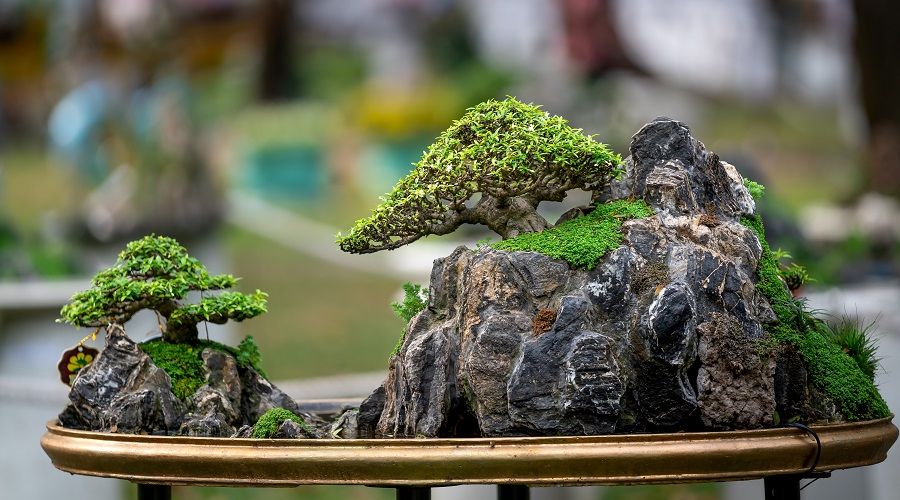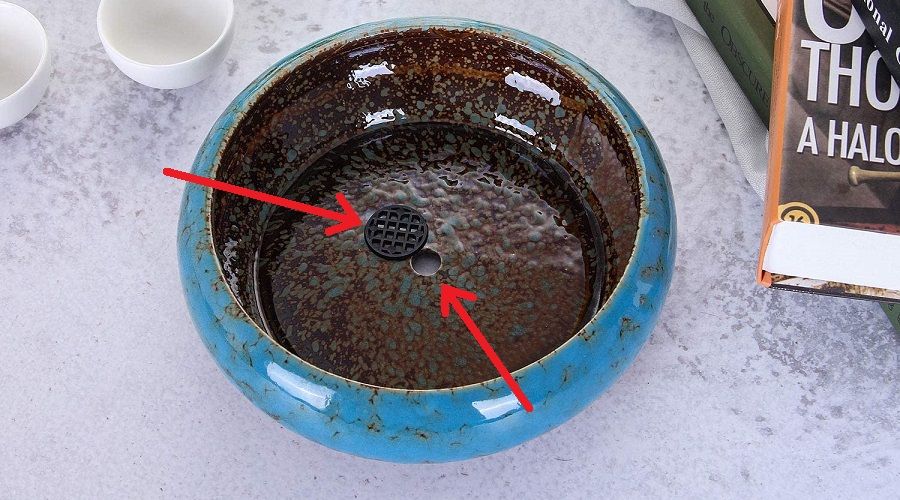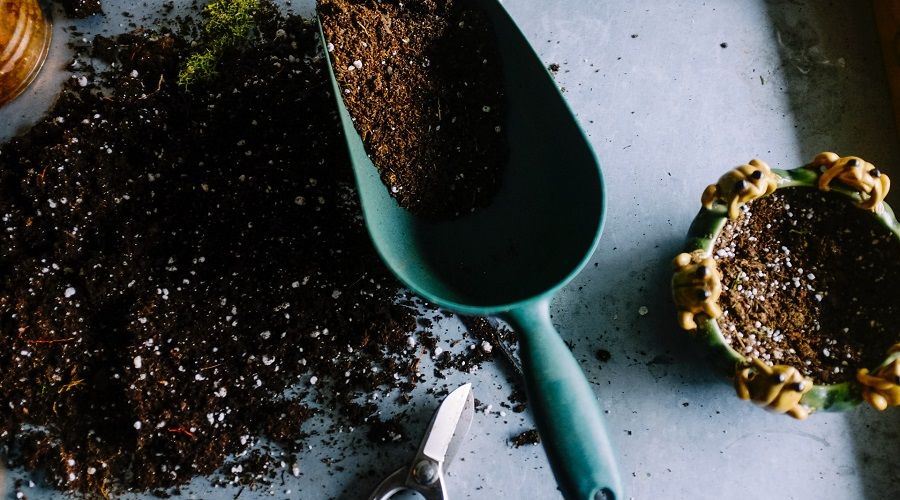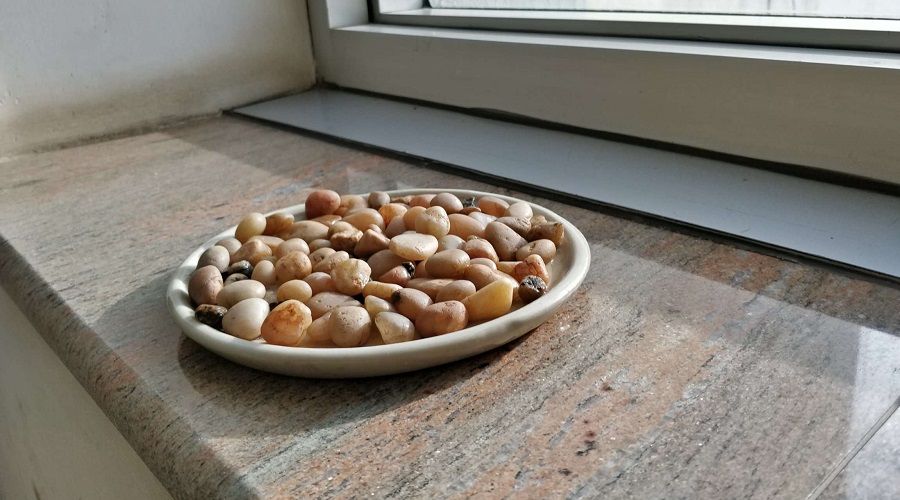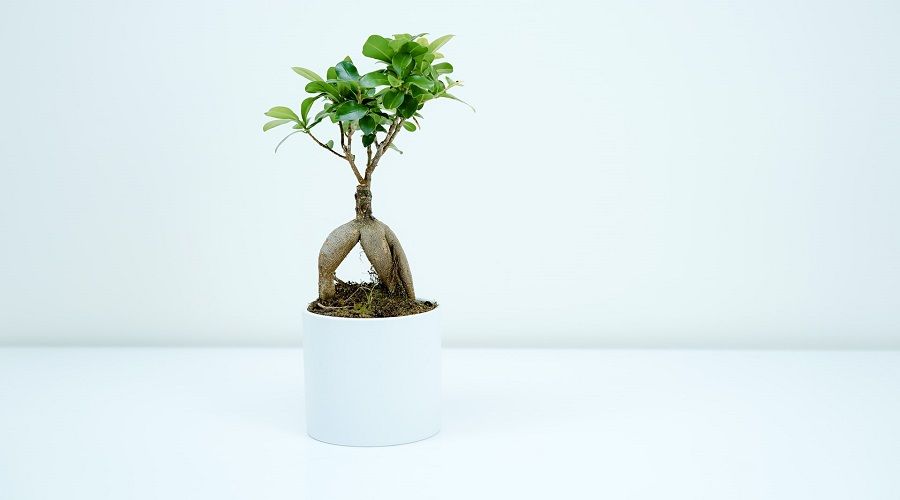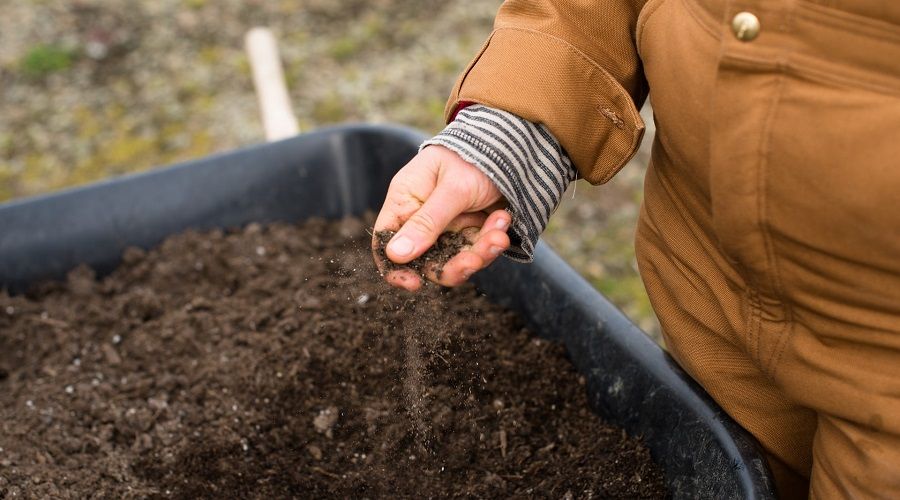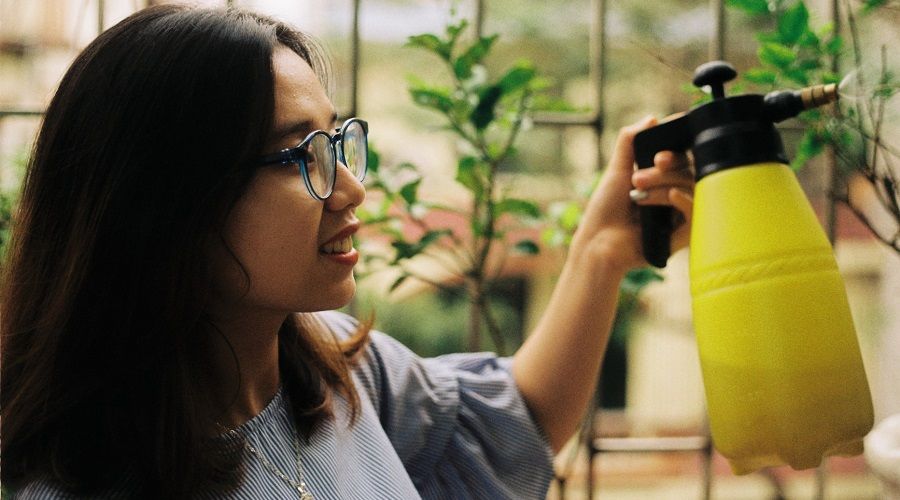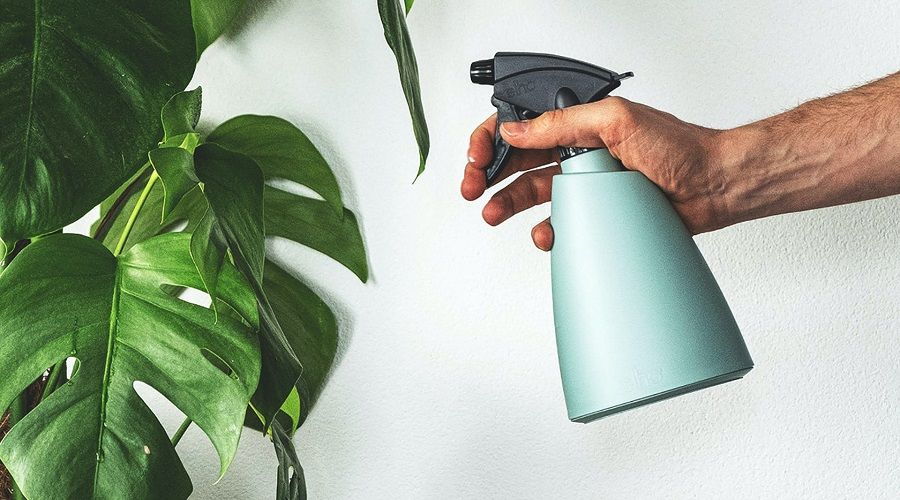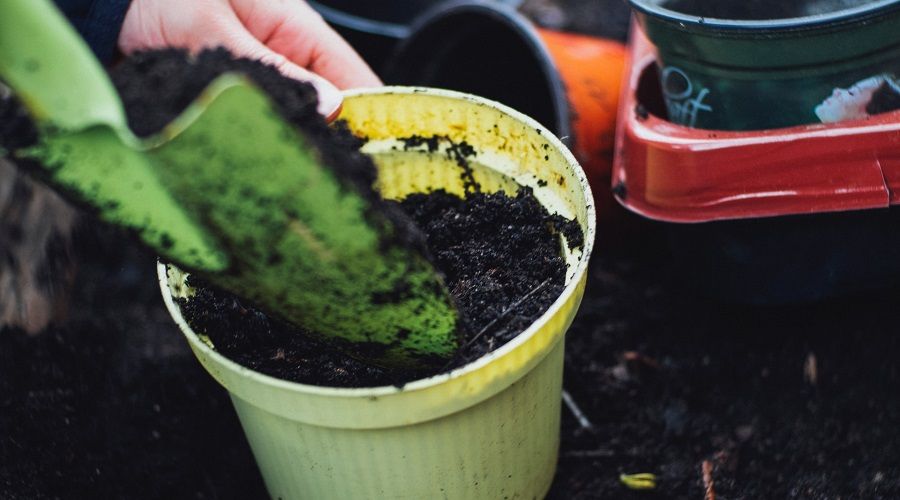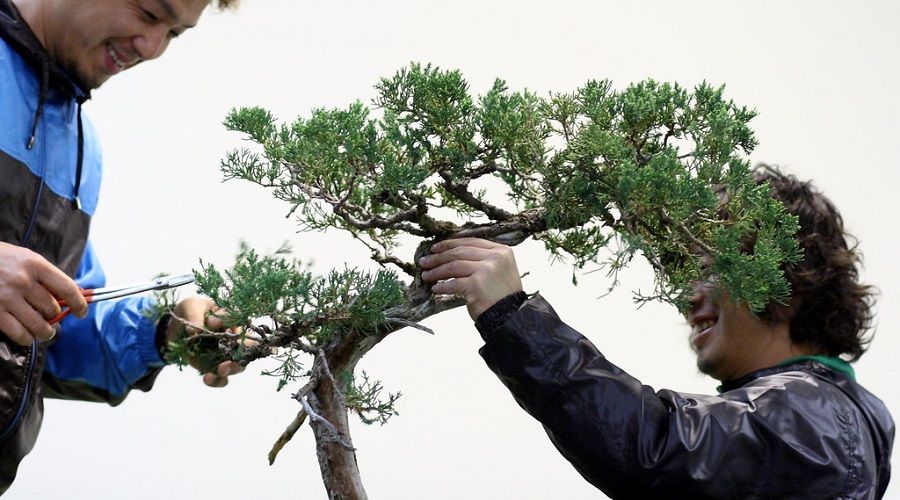Bonsai gardening is a delicate art form originating from Japan and being practiced all over the world. In simple terms, it’s container gardening that grows trees in pots rather than perennials and ferns.
Although it can be daunting, all bonsai gardening needs from you is dedication and patience. As long as you know the basics of how to care for bonsai trees, you’re all set. Read on to learn what you have to do to take care of your bonsai tree!
What You’ll Need to Care for Your Bonsai Tree
Once you have your bonsai, you'll need different materials to ensure its health, strength, and growth. Everything from the soil you use to the temperature is exposed to will affect its growth.
Here are some things you need for optimum bonsai tree care.
- Bonsai pot
- Drainage screen
- Wire
- Bonsai soil
- Clean water
- Watering can
- Alternative: Water basins are helpful for submersion watering. While it effectively soaks the root system, it can be messy, especially with large bonsai.
- Granular bonsai fertilizer
- Alternative: Liquid bonsai fertilizer is less messy and is consumed quickly, which could mean having to feed your trees more often. Compared to slow-release granular fertilizer, these are convenient for indoor gardening but could be costly and give you less control over feed amounts.
- Humidity tray
- Pebble gravel
- Water mister
- Pruning shears
- Cold frame
- Bamboo chopstick (optional)
How To Care For Your Bonsai Tree
Step 1: Prepare your pot
Image Credit: VanEnjoy Store via Amazon
Whether you buy a young bonsai or you’re growing one from seed, you’ll need an appropriately sized bonsai pot with large drainage holes. Cover these holes with small drainage screens and attach them by twisting wire through the mesh and folding it flush against the bottom of the pot. You can also loop long wires into the pot as an anchor for your roots if needed.
Step 2: Fill the pot with soil
Image Credit: Neslihan Gunaydin via Unsplash
Bonsai soil is a mixture of various rock substrates that promotes tree health by absorbing water, providing crucial nutrients, and preventing your roots from getting waterlogged.
Gently pour this soil mixture under and beside your tree roots. Remember, choose the type of soil carefully because this will affect how often you water your bonsai!
The best bonsai soil mix has fine gravel, organic compost, pumice, lava rock, and Akadema. The bonsai soil mix's pH level should be neutral, ideally between 6.5 and 7.5.
Step 3: Assemble your humidity tray
Image Credit: Lakeisha Ethans for Backyard Boss
Your bonsai pot should come with an undertray. Fill this tray with pebble gravel and place your potted bonsai on top.
When watering your tree, this catches the drained water without drowning your roots. This tray will be a huge help in increasing the humidity around your bonsai. When your humidity tray is dry, pour water over the rocks again.
Pro-Tip: Your humidity tray can also serve an aesthetic purpose and make your bonsai look more refined. Work with colored pebbles or concave marbles to give your bonsai an appealing look!
Step 4: Position your bonsai
Image Credit: Toa Heftiba via Unsplash
As a bonsai grower, I've learned that each bonsai plant has different environmental needs. While tropical and subtropical trees grow well indoors placed on a window sill, most bonsai species can only be kept outside.
Depending on the bonsai tree and bonsai variety, know that not all trees love the sun, and some might even prefer windy surroundings. While indoor bonsai trees are happy sitting on a bright window, outdoor bonsais need more than exposure to sunlight to grow.
For an easier time with your evergreen bonsai tree, research their specific light, temperature, moisture, and humidity requirements and try to replicate this natural habitat as best as you can.
Step 5: Check soil moisture
Image Credit: Zoe Schaeffer via Unsplash
Unlike ordinary container gardening, don’t schedule your bonsai watering sessions because you might accidentally overwater or underwater them.
Instead, check your bonsai tree’s soil moisture to learn its water requirements. Using moisture meters, a bamboo chopstick, or your finger, stick this into the top layer of your soil. If it comes out dry or barely wet, this means it’s time to water your bonsai again. If it’s still wet, check again later in the day. Bonsai plants love moisture, but nothing too wet or too dry.
Although indoor bonsai trees would probably need less water than outdoor bonsais, it's good practice to check for moist soil before watering to keep your beautiful tree healthy. For accuracy, you could invest in a soil moisture meter to help you understand your tree's moisture requirement.
Step 6: Gently water your tree
Image Credit: Trung Thanh via Unsplash
When your bonsai is thirsty, use a watering can with a fine spray and smoothly saturate its soil without disturbing the rest of the tree. Keeping a close eye on the drained liquid and only stop watering them when the water drainage runs clear.
You can also water your miniature tree through submersion. Fill your basin with water deep enough to soak your pot without disrupting the topsoil layer. Place your bonsai in the water to submerge its root mass and leave it in until no more bubbles come out.
Pro-Tip: While they’ll survive with tap water, bonsai prefer rainwater since it’s chemical-free and helps drain excess minerals and nutrients.
Step 7: Mist occasionally
Image Credit: Severin Candrian via Unsplash
Misting is a quick and adequate humidity fix that doesn’t have long-term effects on the tree but can still be helpful sometimes.
If your bonsai soil is hydrated but its leaves are dull, a good session with your garden mister can help liven up your foliage by increasing humidity levels. Gently spray a fine water mist over its leaves and take care not to leave any large droplets on the leaf. Gently wipe excess water from the leaf of your outdoor or indoor trees to avoid bacterial or fungal infections.
Step 8: Bonsai feeding
Image Credit: Markus Spiske via Unsplash
Commercial bonsai fertilizers come with an NPK value that indicates the concentration of nitrogen, phosphorus, and potassium. Based on your tree’s species and size, research the amount of organic fertilizer and the NPK values that match your bonsai most.
With granular fertilizer, evenly spread the pellets around the topsoil and water the soil, repeating the process every two months for optimum growth. For liquid fertilizer, dilute this solution into your watering can every few weeks so you can simultaneously feed and water your tree. If your tree has yellow leaves, it could be because of a lack of fertilizer or an improper watering schedule.
To fix this issue, feed your tree with its correct fertilizer and maintain a watering schedule by checking soil moisture.
Pro-Tip: Each season requires different fertilizer schedules, amounts, and NPK values for your bonsai. Consult an expert on optimal care requirements and feeding plans for your tree, depending on the climate and current temperature.
Step 9: Pruning your tree
Image Credit: ragesoss via Creative Commons
Regularly prune your healthy tree with high-quality pruning shears. These sharp shears come in various sizes and designs made to cut off branches, twigs, and leaves. When pruning your bonsai, remember not to handle them roughly!
Use these shears to change the tree’s structure by strategically cutting branches, twigs, and leaves. With a good bonsai gardening tool kit, you can shape your tree as creatively and artistically as you want.
When it starts losing its shape, prune your bonsai again to help it maintain its neat and refined look. Also, use these shears to remove overgrown branches and decaying brown leaves.
Step 10: Winter protection
Image Credit: jeremy_norbury via Creative Commons
Once the weather approaches below freezing temperatures, indoor and outdoor bonsai need proper care and protection from cold winters. During the cold of winter, trees are naturally more sensitive, and mismanaging them can be deadly.
In winter months, as much as possible, hide them within a cold frame or an insulating shelter to shield them from the elements without affecting their winter dormancy period. All bonsai, even the frost-hardy trees, need to be kept away from direct sunlight, wind, and frost in the winter season.
In Summary
Now that you know what you need to do, bonsai gardening isn’t as intimidating anymore, right? You’re fully capable of growing a bonsai tree on your own now, just stay patient and never give up on it.
Hopefully, breaking down these ten steps helped you realize that with proper care growing a bonsai tree isn’t as difficult as you think— it’s actually incredibly fun and rewarding.
Share your thoughts and bonsai gardening questions with us in the comments below, we’d love to hear and learn from you!

